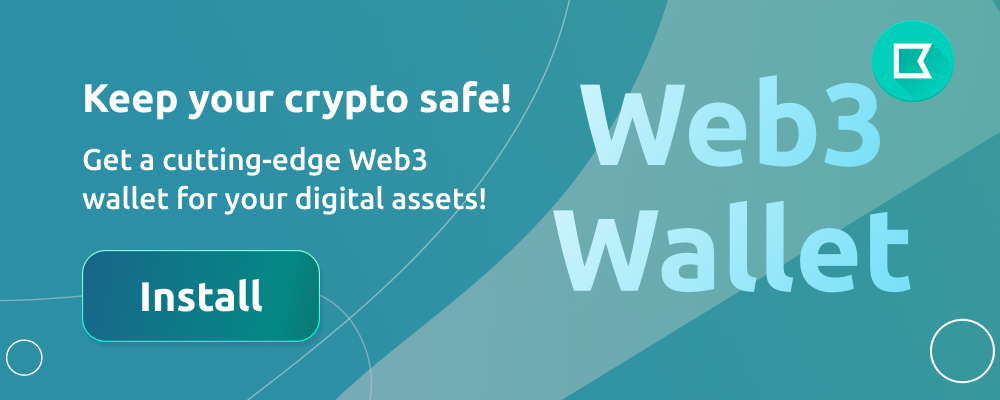

EOS Review 2023 - Is It Safe?
EOS is a blockchain protocol that enables the creation of decentralized applications (dApps) and smart contracts. It aims to provide a scalable, flexible, and user-friendly platform for developers to build dApps. EOS is known for its high transaction speed, low latency, and low transaction fees. The platform has gained popularity among developers due to its features and capabilities.
History and Background of EOS
EOS was created by Dan Larimer, who also co-founded Bitshares and Steemit. EOS's initial coin offering (ICO) was held in June 2017, and it raised a record-breaking $4 billion. The EOS platform was launched in June 2018, and since then, it has gained popularity among developers due to its unique features and capabilities.
Key Features and Benefits of EOS
EOS is known for its high transaction speed, low latency, and low transaction fees. It can process thousands of transactions per second, which makes it one of the fastest blockchain protocols. EOS uses a delegated proof-of-stake (DPoS) consensus mechanism, which allows for faster transaction processing and better scalability.
Another key feature of EOS is its smart contract platform. EOS enables developers to build complex smart contracts with ease. The platform also provides a user-friendly environment for developers to build decentralized applications (dApps). EOS's user interface is similar to that of a traditional operating system, making it easy for developers to understand and use.
Applications and Use Cases of EOS
EOS has several use cases, including:
Decentralized Applications: EOS is primarily used for building decentralized applications (dApps). It provides a flexible and scalable platform for developers to build dApps with ease. Some popular dApps built on EOS include Everipedia, Voice, and Karma.
Gaming: EOS is becoming increasingly popular in the gaming industry due to its high transaction speed and low transaction fees. Some popular blockchain-based games built on EOS include Crypto Space Commander and Prospectors.
Supply Chain Management: EOS can be used for supply chain management due to its transparency and immutability. It can help track products from production to delivery, making the supply chain process more efficient and transparent.
Risks and Challenges of EOS
Like any blockchain protocol, EOS also has its share of risks and challenges. One of the biggest challenges facing EOS is its centralization. EOS uses a DPoS consensus mechanism, which requires users to vote for delegates to maintain the network. This process can lead to centralization if a few delegates control the majority of the votes.
Another risk associated with EOS is the potential for security vulnerabilities. As with any smart contract platform, there is always a risk of bugs and vulnerabilities. If these vulnerabilities are exploited, they can lead to loss of funds or other security breaches.
Conclusion
EOS is a powerful blockchain protocol that has gained popularity among developers due to its features and capabilities. Its high transaction speed, low latency, and low transaction fees make it an attractive option for building decentralized applications. However, like any blockchain protocol, EOS also has its risks and challenges, and it's important for developers to be aware of these when building on the platform. Overall, EOS is a promising blockchain protocol with a bright future ahead.

Here are no reviews yet. Be the first!

